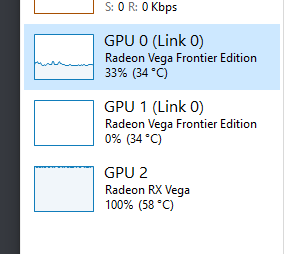PLC Hardware: Understanding the Basics
This article provides a basic understanding of PLC (Programmable Logic Controller) hardware. It explains the main components of a PLC, including the central processing unit (CPU), input/output (I/O) modules, memory, and power supply. The article also discusses the types of PLCs available and their applications in different industries. Understanding the basics of PLC hardware is essential for anyone who wants to work with or integrate PLCs into their systems.
PLC (Programmable Logic Controller) hardware is a crucial component of industrial automation systems. It serves as the brain of the system, processing inputs from sensors, executing programs to control machines or processes, and providing outputs to drive motors or other devices. Understanding the basic components and architecture of PLC hardware is essential for anyone working with industrial automation systems.
PLC hardware typically consists of a central processing unit (CPU), input/output (I/O) modules, memory devices, and communication interfaces. The CPU is responsible for executing the programs that control the machines or processes. I/O modules are used to connect sensors and actuators to the PLC, providing inputs and outputs for the system. Memory devices store the programs and data used by the PLC. Communication interfaces allow the PLC to communicate with other devices or systems, such as computers or other PLCs.

In addition to these basic components, PLC hardware may also include specialized modules for specific applications, such as analog input/output modules for controlling processes that require continuous monitoring and adjustment. Other common features include timer/counter modules, relay outputs, and display modules for providing operator feedback.
The architecture of PLC hardware is designed to be highly reliable and scalable. CPUs are typically designed to be fast and efficient, able to process complex programs quickly. I/O modules are designed to be highly sensitive and accurate, able to detect small changes in input signals and provide precise output signals. Memory devices are designed to be large enough to store all the necessary programs and data, but small enough to ensure fast access times. Communication interfaces are designed to be compatible with a wide range of protocols and devices, ensuring smooth communication between the PLC and other systems.

In conclusion, PLC hardware is a crucial component of industrial automation systems. It provides the brain of the system, processing inputs from sensors, executing programs to control machines or processes, and providing outputs to drive motors or other devices. Understanding the basic components and architecture of PLC hardware is essential for anyone working with industrial automation systems.
Articles related to the knowledge points of this article:
Title: The Role and Importance of Computer Hardware Repair Jobs in Todays Technological Era
Title: The Power of Free Hardware Diagnostic Tools in Enhancing System Performance
Ace Hardware Glass Hardware Store: A Destination for All Your Glass Needs
National Hardware: The Backbone of any Country’s Infrastructure



